-
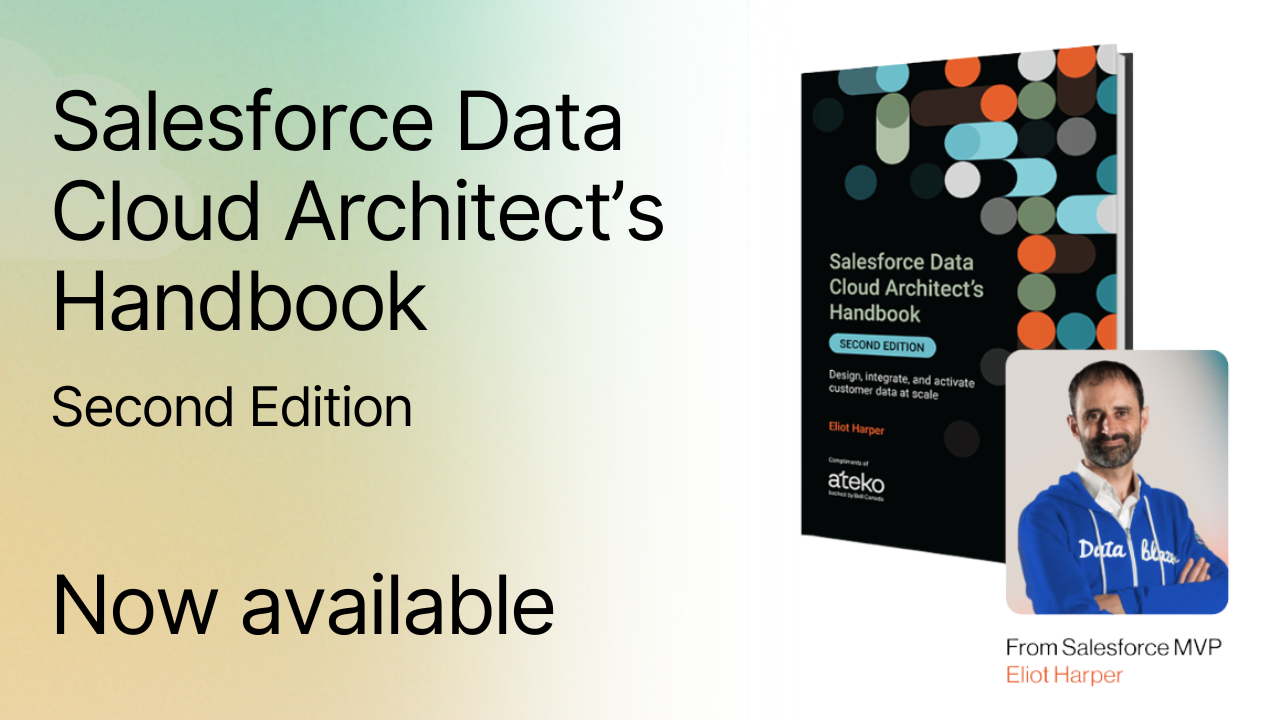
The Salesforce Data Cloud Architect’s Handbook
The Second Edition is now available. Act today, and get this invaluable resource for any professional working with Salesforce technologies. This comprehensive guide offers deep insights into Data Cloud architecture, best practices, and implementation strategies that can’t be found in standard documentation. A trusted expert in the Salesforce ecosystem, Eliot Harper provides authoritative guidance based…
-
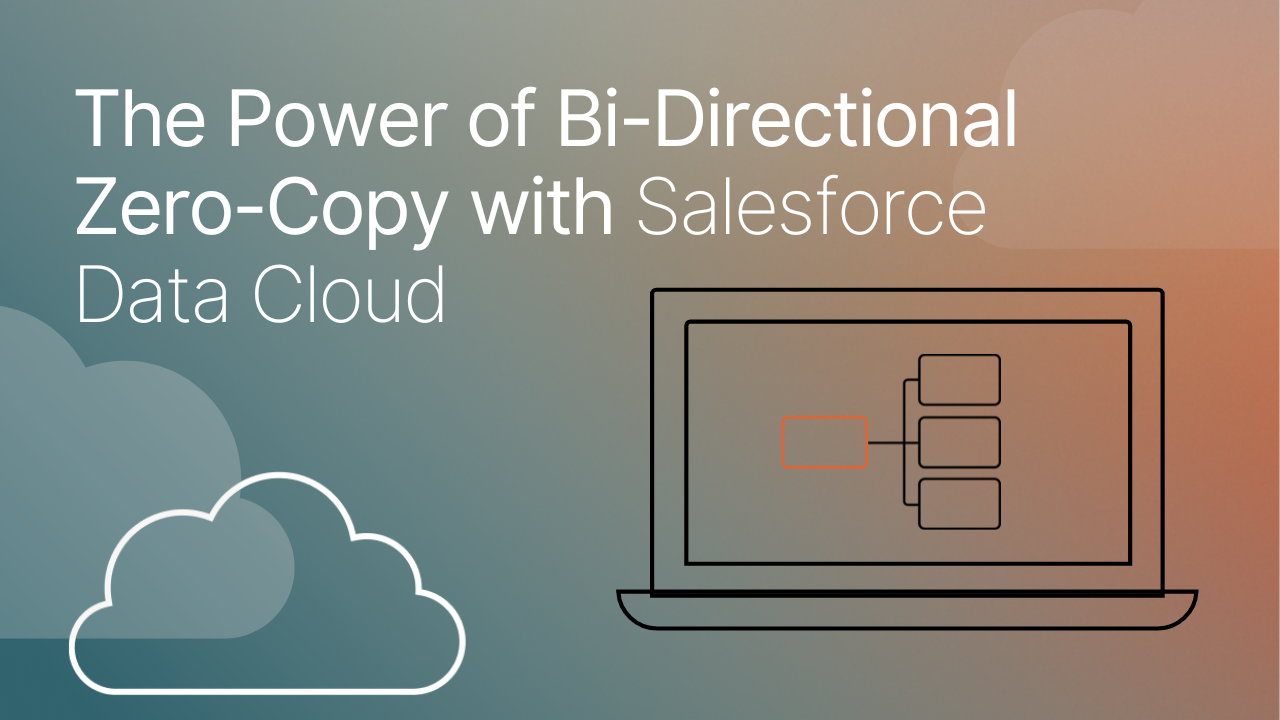
The Power of Bi-Directional Zero-Copy with Salesforce Data Cloud
In today’s data-driven world, the ability to access, unify, and act upon your customer data in real-time is no longer a luxury – it’s a necessity. Businesses often grapple with siloed data, complex ETL processes, and outdated insights, hindering their ability to deliver truly personalized experiences and make informed decisions. At Ateko, we are Salesforce…
-

How Marketers Accelerate Data Cloud ROI
Are you looking to turn your customer data into real, measurable ROI? In this blog I share how Salesforce Data Cloud can help marketers activate data in powerful, practical ways. Working for Salesforce for almost 14 years exposed me to the ups and downs of launching or buying new products on the regular. Some flourished, others…
-
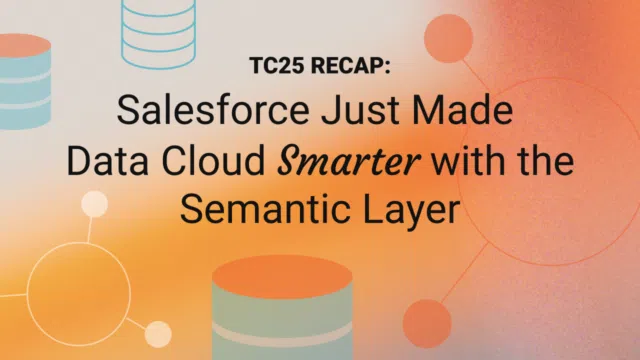
TC25 Recap: Salesforce Just Made Data Cloud Smarter with the Semantic Layer
The Ateko (formerly CloudKettle) team was at Tableau Conference 2025 in San Diego this past April. The energy was palpable, the data visualizations were stunning, and the community spirit was at an all time high. While there were countless innovations and insights shared, one thing stood out when looking at everything through the lens of…
-
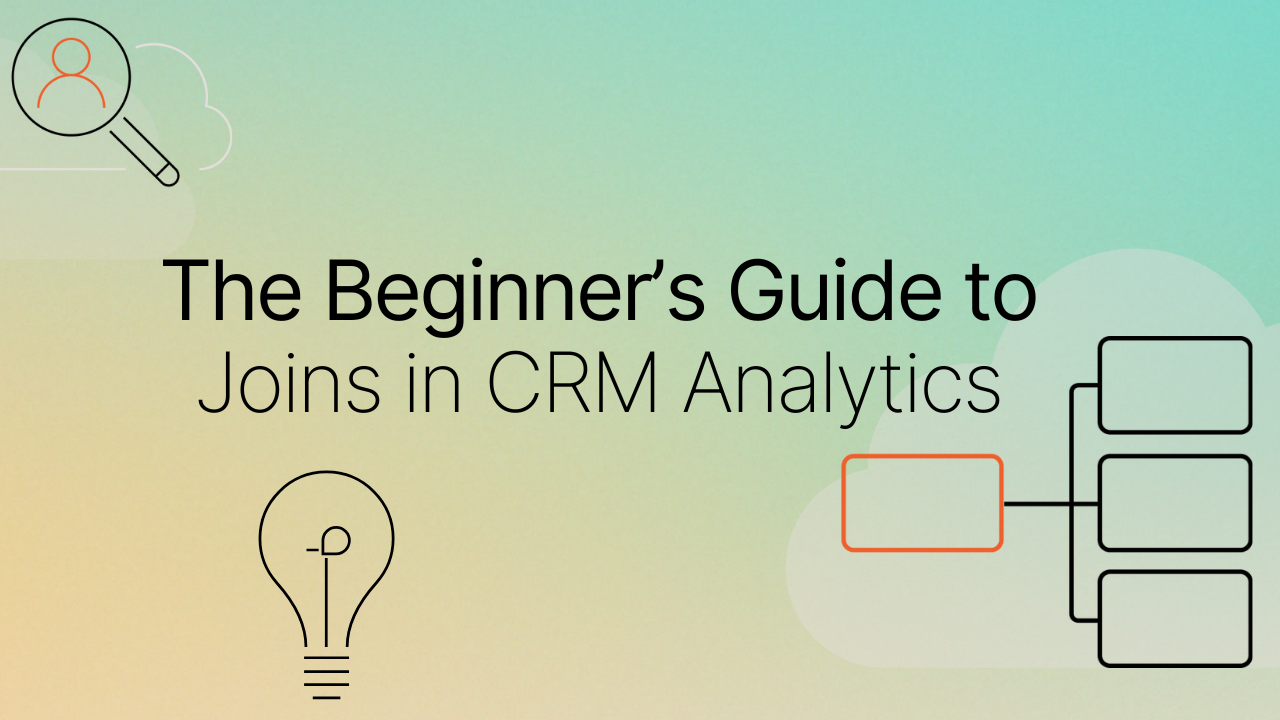
The Beginner’s Guide to Joins in CRM Analytics
In the world of Business Intelligence, the ability to combine data from different sources is essential. Salesforce CRM Analytics (formerly Tableau CRM) offers a powerful feature called “joins” in its Recipe tool. You can think of creating joins as playing the role of a matchmaker for your data. They allow you to bring together data…
-
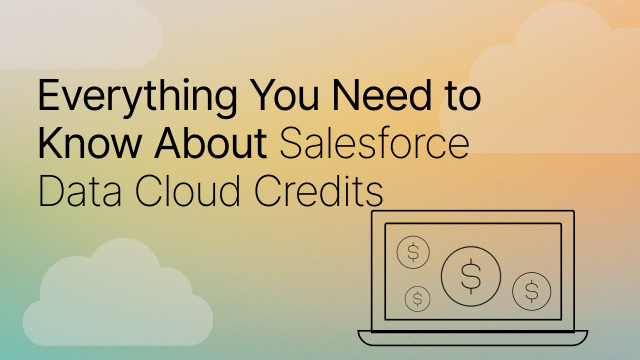
Everything You Need to Know About Salesforce Data Cloud Credits
Data Cloud credits power usage in Salesforce Data Cloud — every time you perform an action in Data Cloud, credits are consumed. Credit consumption is based on different actions performed in the platform, where the actual consumption rate is based on the platform feature, the complexity of that feature, and ultimately the underlying compute cost…
-
Integrating Health Cloud and Data Cloud
Medical Record Management Challenges Medical record management poses several key challenges for healthcare providers. Most notably, ensuring the integrity and availability of patient health information, while remaining compliant with regulations such as HIPAA (Health Insurance Portability and Accountability Act). Healthcare providers must implement robust security measures to protect sensitive patient data from breaches and unauthorized…
-
Integrating Financial Services Cloud and Data Cloud
The Customer Data Problem The vast majority of Financial Services organizations today share a common problem: customer data is siloed across departments and systems. Imagine an investment firm that offers a portfolio of financial products like mutual funds, stocks and retirement planning services. Information about these various products typically reside in separate (and typically proprietary)…
-
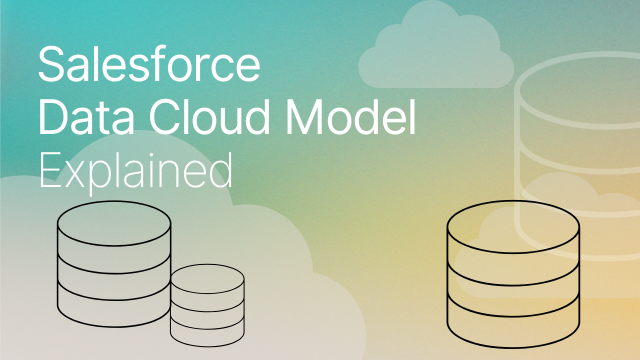
Salesforce Data Cloud Model Explained
Introduction While many Salesforce products including Sales Cloud, Service Cloud, Education Cloud, Health Cloud and other Salesforce industry clouds are built on a common ‘core’ platform that share the same datastore (an Oracle relational database), Data Cloud uses a very different architecture and technology stack from other Salesforce ‘Clouds’. This post explains the data models…
-
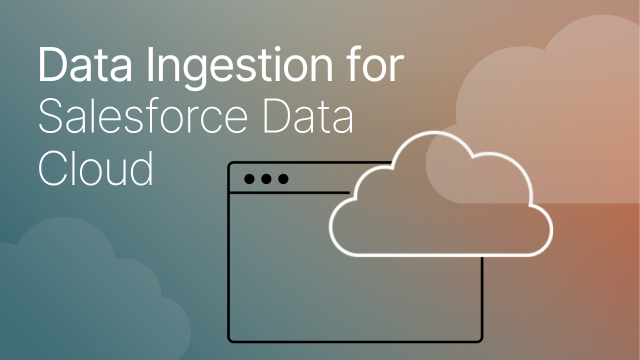
Data Ingestion for Salesforce Data Cloud
As its name implies, Salesforce Data Cloud is a data platform — before you can begin using the platform, you first need to get data into it. And while Data Cloud provides various options for importing data, it’s important to select an optimal method to integrate data sources into the platform. Unfortunately in data architecture,…
